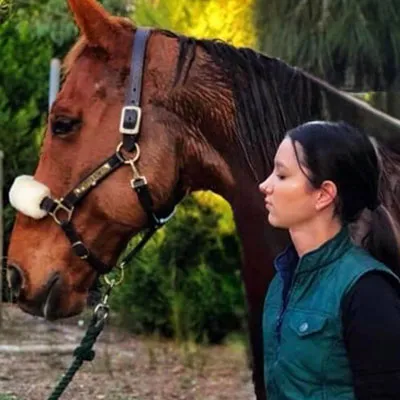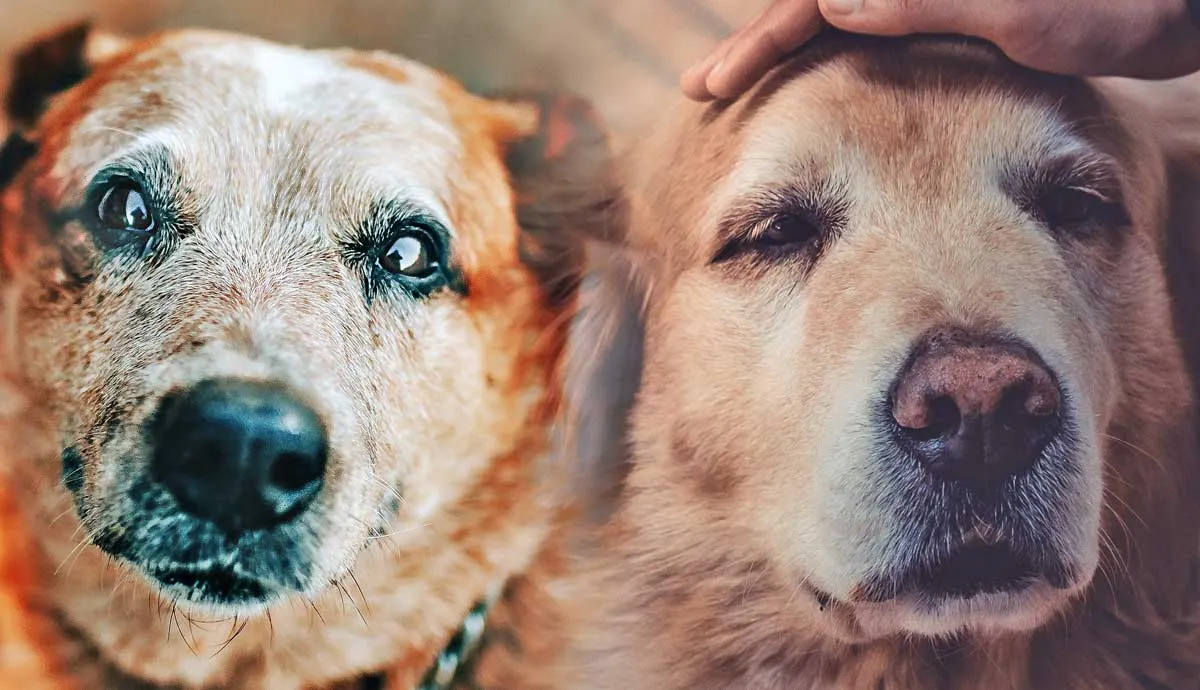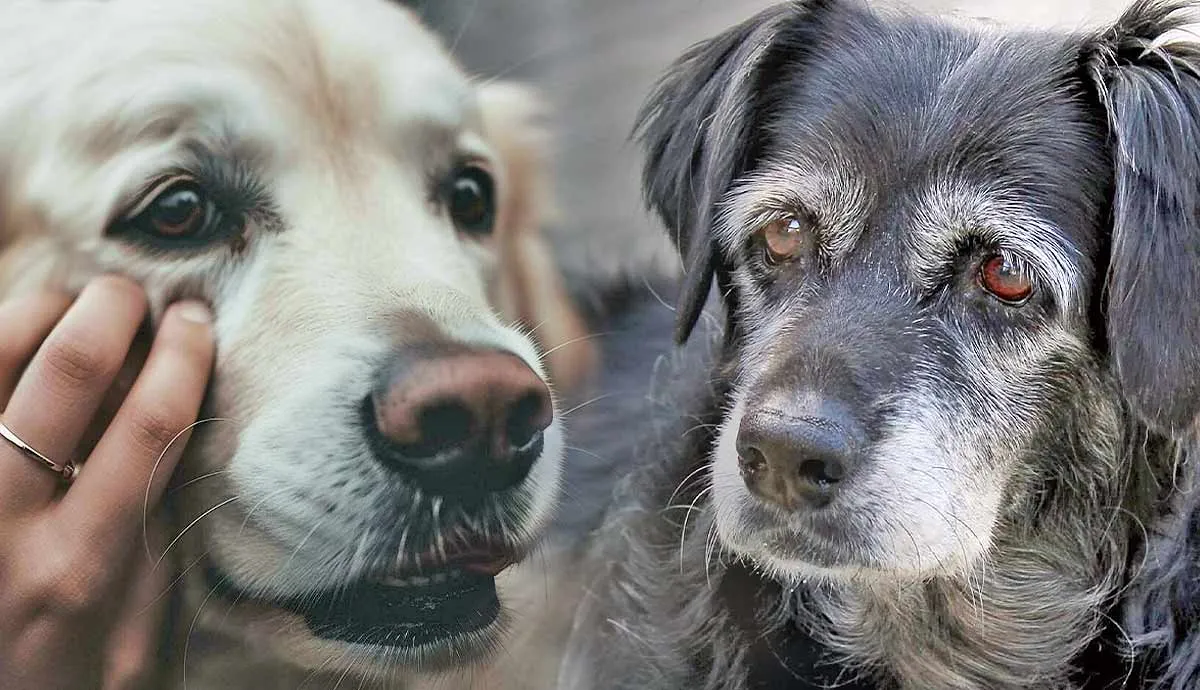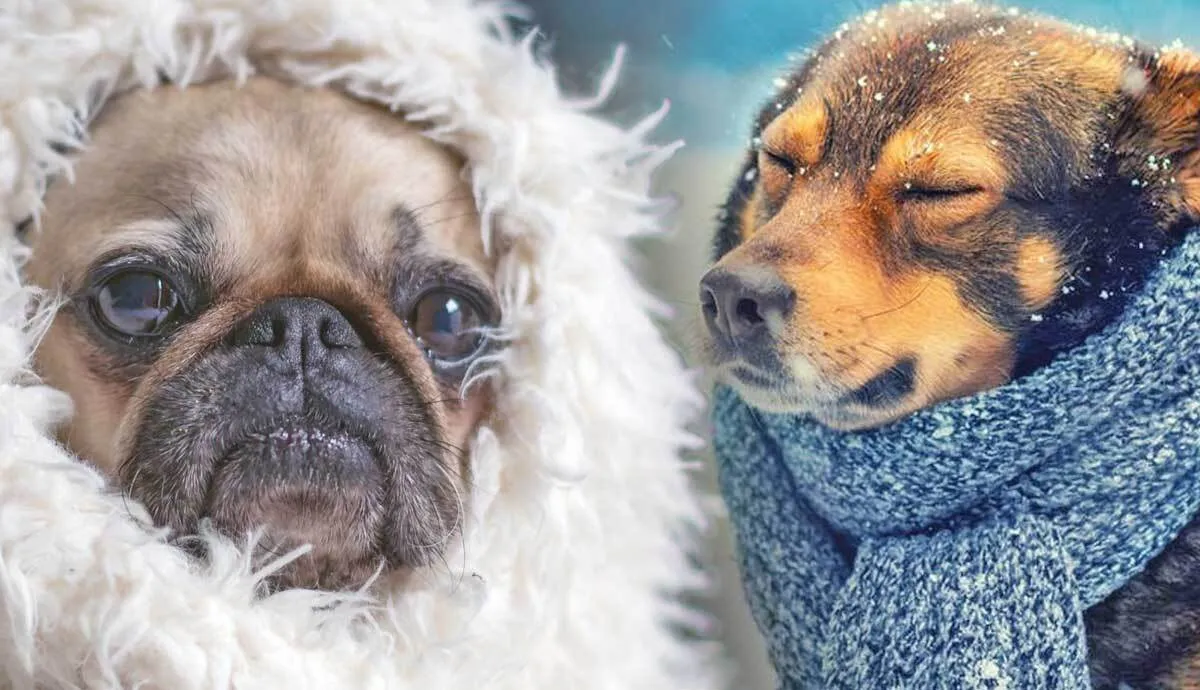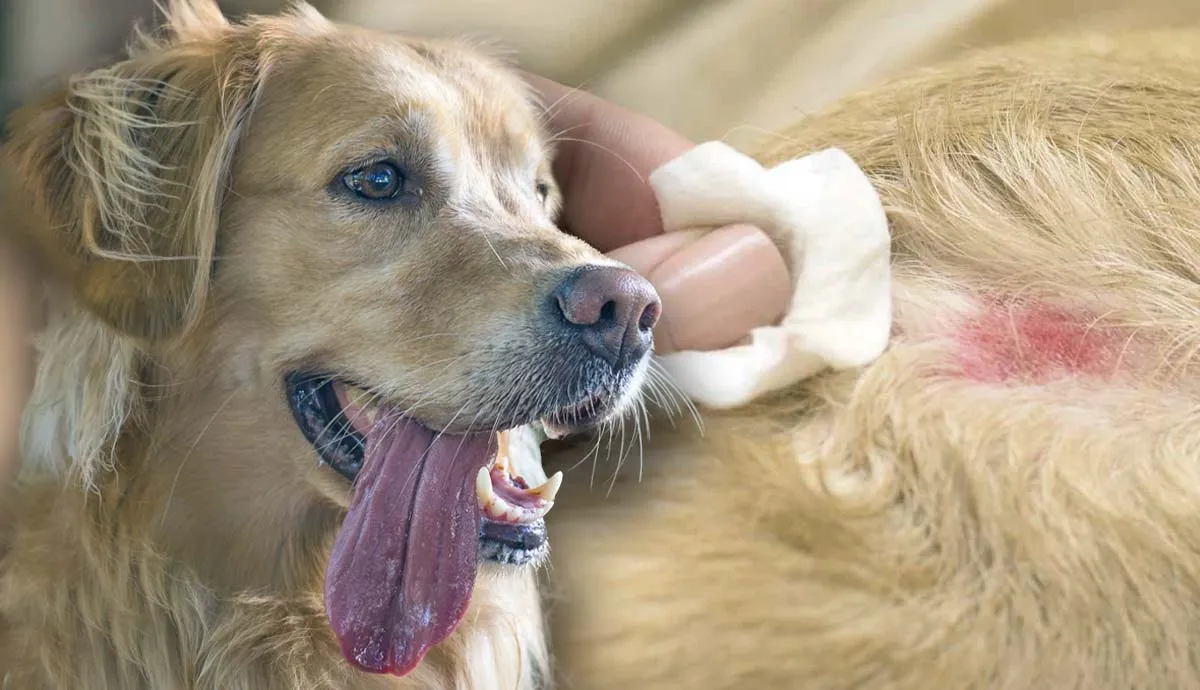As dog owners, we share an unspoken bond with our furry friends. We always promise to love them through every stage of their life and ours. From puppyhood to old age, we want to give them everything they need.
But as time goes by, we often start wondering when our beloved dogs actually stop being young and instead become “old”. Honestly, this is not a one-size-fits-all answer. Much like humans, dogs age at very different rates, influenced by many factors.
Breed Plays a Critical Role in Lifespan
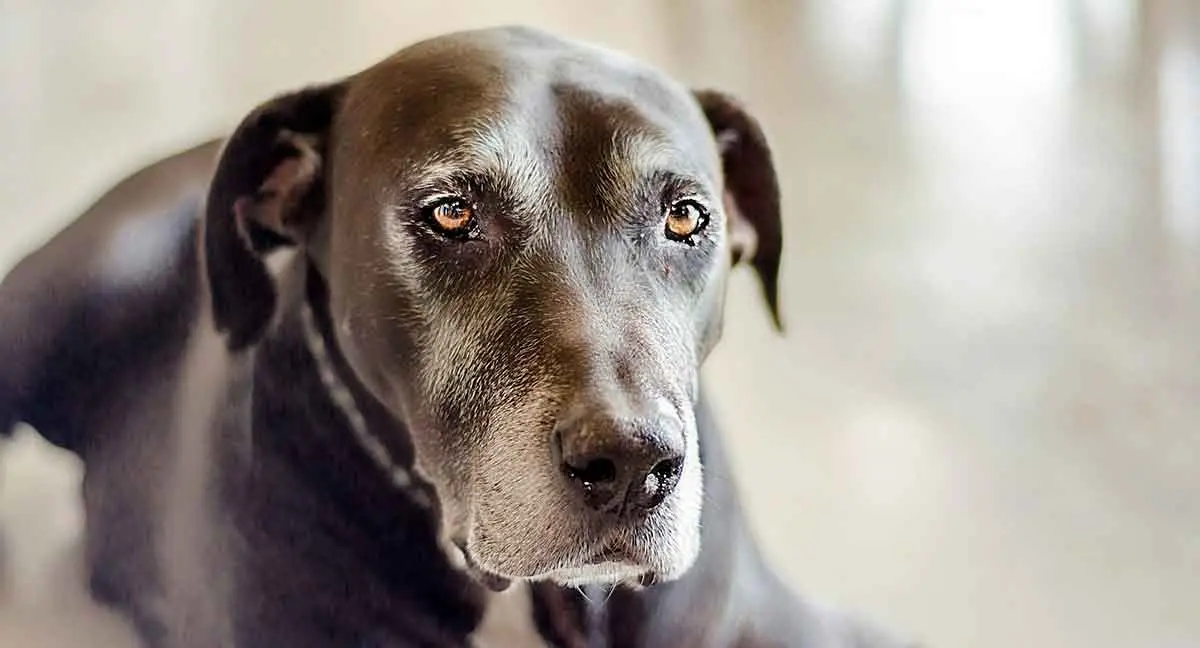
The life expectancy of a dog depends on many factors. Some of these factors include size, genetics, diet, exercise, and the overall healthcare they receive throughout their life. On average, smaller breeds often live longer than larger breeds.
For example, a little Chihuahua can live up to 15 years or more, while a Great Dane only has a typical lifespan of eight to 10 years depending on some factors. Medium-sized breeds, like Beagles or Bulldogs, fall right in between those two, averaging around 10 to 12 years. However, these are just averages, and individual dogs may fall short of or exceed these estimates entirely.
Mixed-breed dogs may have longer lifespans than their pure-bred parents, thanks to genetic diversity. Genetic diversity may make a dog less likely to experience breed-specific health concerns, such as hip dysplasia and luxating patella, that can lead to a shorter lifespan.
Meet the Breeds That Live the Longest
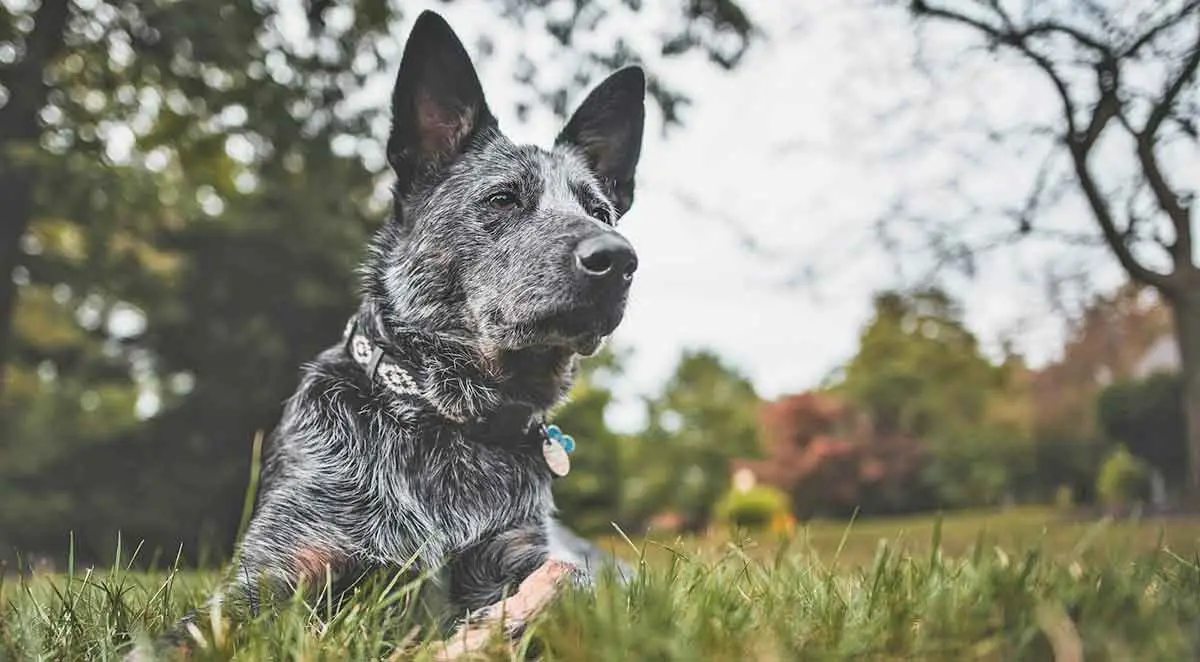
While the life expectancy of individual dogs may defy normal breed stereotypes and live longer or shorter lives, certain breeds are known for having amazing longevity in comparison to others. Some of the longest-lived dog breeds include:
- Australian Cattle Dogs: The Australian Cattle Dog has an average lifespan of 13 to 15 years. They are known for their excellent health and stamina.
- Chihuahuas: Despite being the smallest dog breed, Chihuahuas often live well into their teen years, with some reaching as old as their early twenties!
- Miniature Poodles: Miniature Poodles have an average lifespan of around 13 to 15 years and are known for their innate canine intelligence and low-shedding coats.
- Jack Russell Terriers: Jack Russell Terriers are known for their boundless agility and energy and can live up to 16 years or more with correct love and care.
- Beagles: Beagles have a typical lifespan of around 12 to 15 years and are beloved by many for their friendly demeanor and keen sense of smell.
On the other hand, some dogs that don’t live particularly long lives include Irish Wolfhounds, Bernese Mountain Dogs, and Scottish Deerhounds.
How You Can Extend Your Dog’s Life
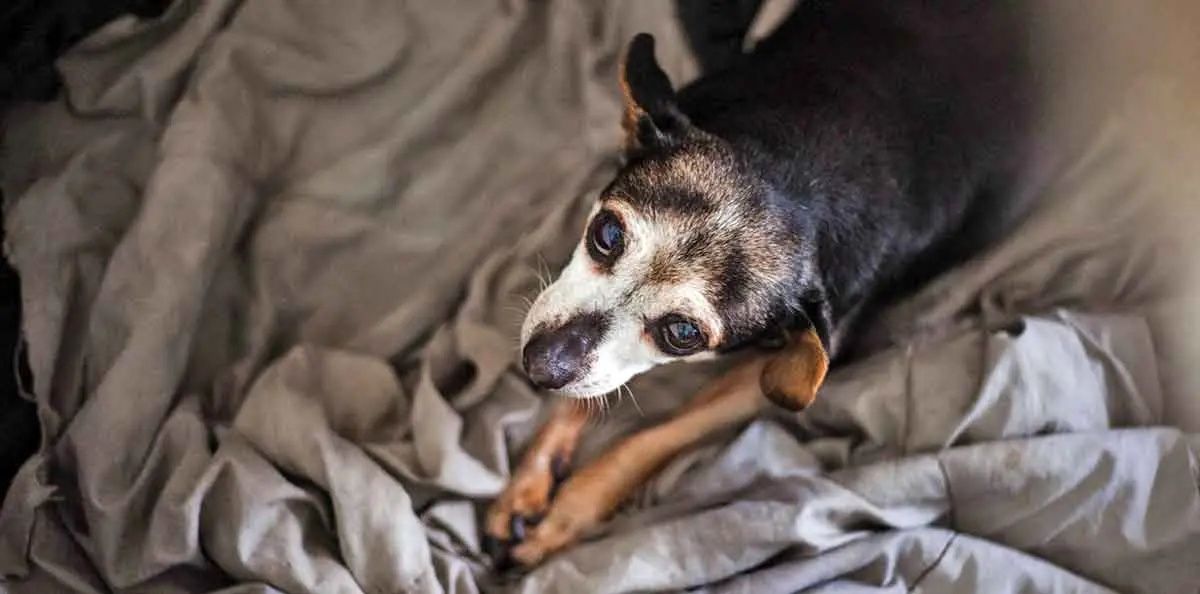
While genetics do play a significant role in determining a dog’s lifespan, there are some things you can do to promote a longer and healthier life. It is important to know that extending a dog’s life isn’t always possible, and some dogs will not meet their life expectancy or exceed it regardless of what you do. However, with the tips and tricks below, you can definitely give them the best chance at a long, healthy life.
Offering a Well-Balanced, Nutritious Diet
Providing your dog with a balanced diet that has been tailored to their age, size, and activity level is crucial for their overall health and longevity. Consider making a vet appointment and chatting with your veterinarian to determine which diet is best for your dog.
Providing Regular Exercise
Just like humans, dogs need regular exercise to maintain a healthy weight, strengthen their muscles, and keep their minds sharp. Try to aim for daily walks, play sessions, and interactive games to keep your dog active, stimulated, and engaged.
Ensuring Quality Sleep
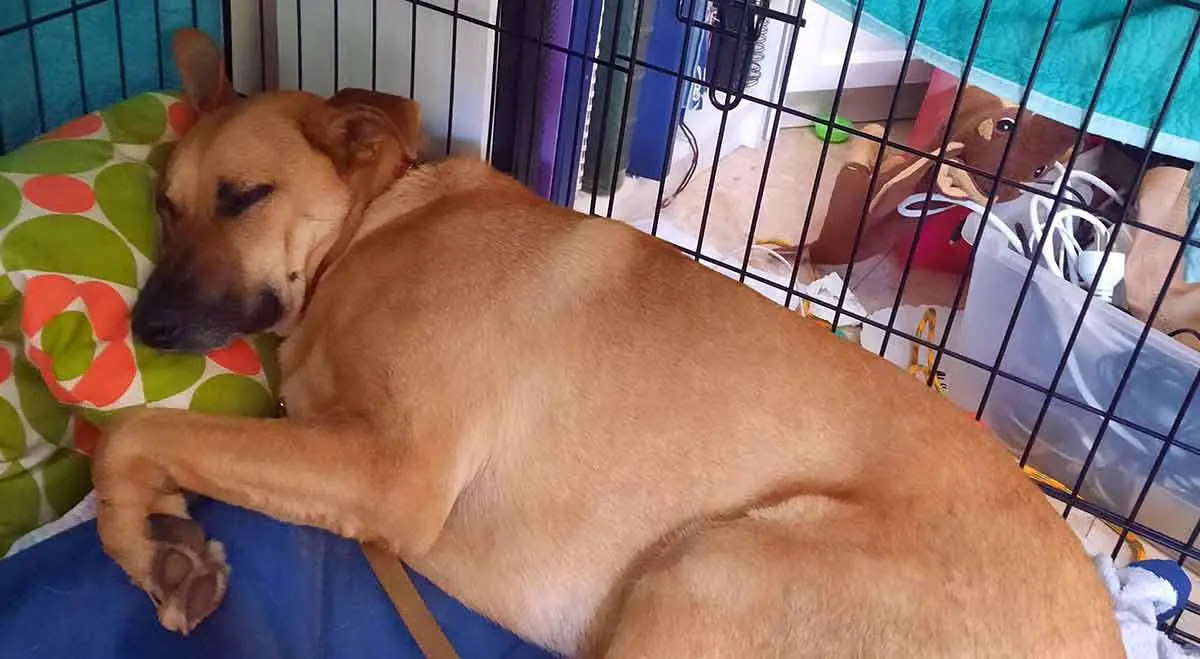
Make sure that your dog has a very comfortable, safe, and quiet space to rest undisturbed. This is crucial for both their physical and mental health. You should also try to establish a consistent sleep routine to help promote relaxation and reduce stress. A dog that gets at least 12 to 14 hours of sleep is a healthy dog and will thrive.
Try to get rid of any factors that may be detrimental to your dog's sleep, such as loud noises or children who don’t understand the value of naptime.
Offering Mental Stimulation
Keeping your dog mentally stimulated is just as important as physical exercise. Engage them by taking part in training sessions, providing interactive toys, and varying your dog’s environment to prevent boredom, which can lead to a cognitive decline.
Giving Love and Affection
As silly as it may sound, don’t underestimate the true and strong power of love and affection when it comes to extending your dog’s life. Spending quality time together, bonding through varied activities, and offering them plenty of cuddles can easily strengthen your relationship and contribute to your dog’s overall well-being and happiness.
A Dog’s Longevity Depends on Many Things
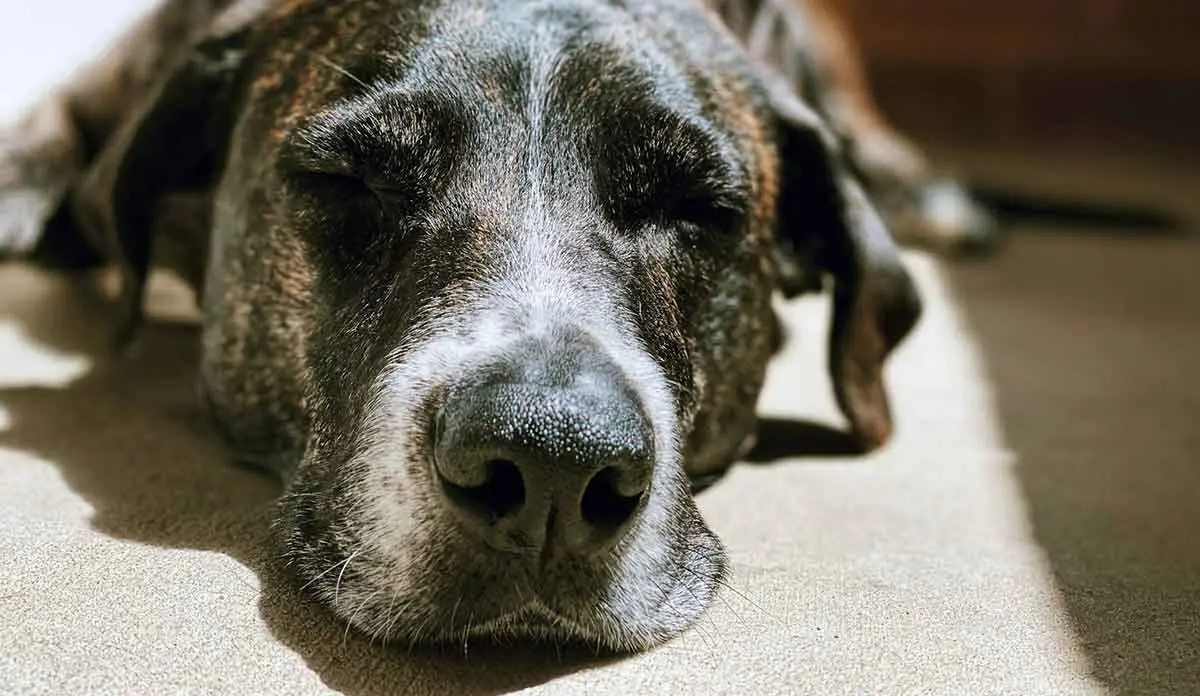
When it comes to the question of when a dog becomes truly “old”, there are many factors at play, including breed, genetics, diet, and overall care.
By providing your canine companion with the things listed above, including a nutritious diet, regular exercise, routine veterinary care, mental stimulation, and plenty of love and affection, you can greatly help to extend their lifespan and ensure that they enjoy a happy, healthy, and protected life by your side.
Sometimes, regardless of what you do, your dog may not be able to enjoy a long lifespan but giving them the things above anyway can ensure they live a fulfilling life. And after all, isn’t that the most important thing?

